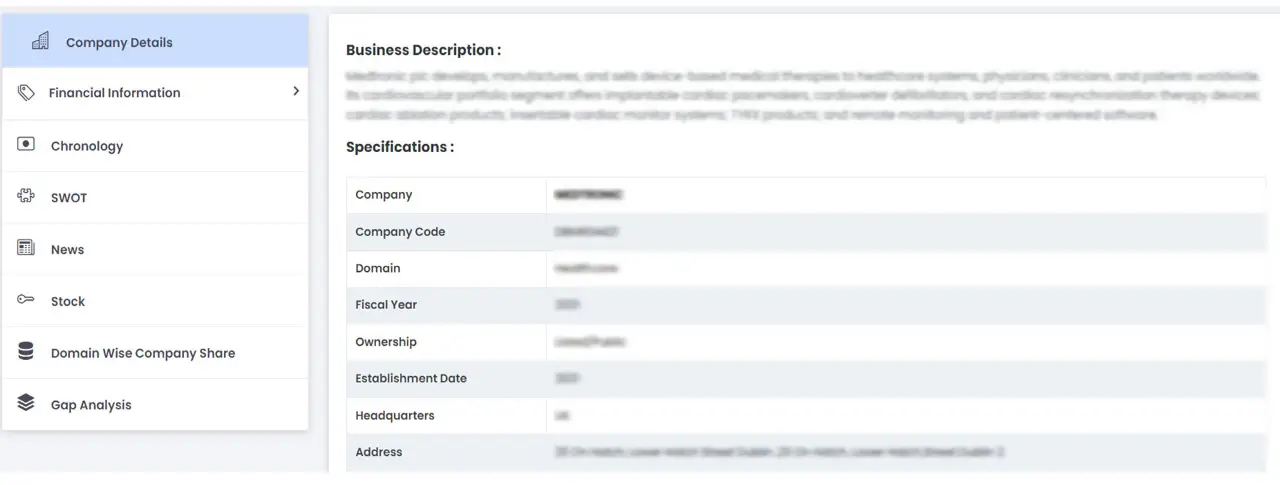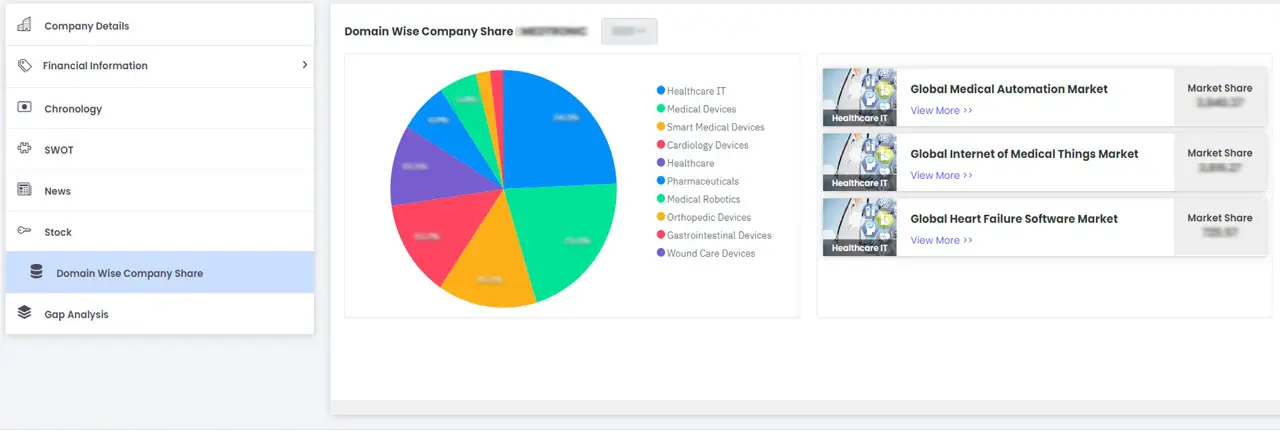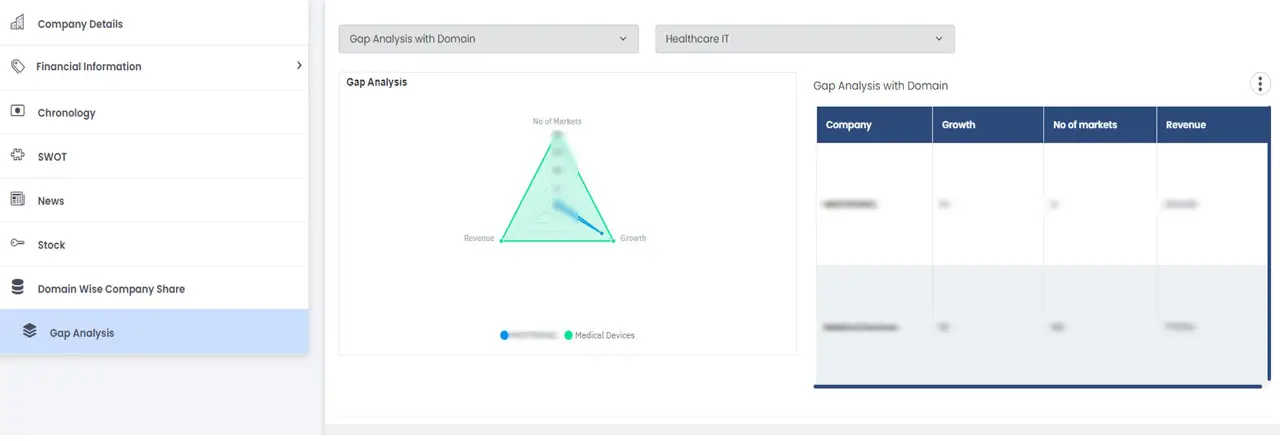- Lar
-
Nossa solução
- Nossa solução
- Relatórios
- Soluções em nuvem
- Consultoria em compras
- Análise do Perfil da Empresa
- Pesquisa primária
-
Grade de posição de mercado
- Grade de posição de mercado DBMR
- Relatório em massa
- Assinatura da Indústria
- Atualização Anual
- Atualização Trimestral
- Informações farmacêuticas
- Informações de mercado
-
Nossa empresa
- Nossa empresa
- Sobre nós
- Sala de notícias da empresa
- Relações com Investidores
- Carreiras
- Contato


 The data presented is for visualization purposes only and may not reflect actual results.
The data presented is for visualization purposes only and may not reflect actual results.



